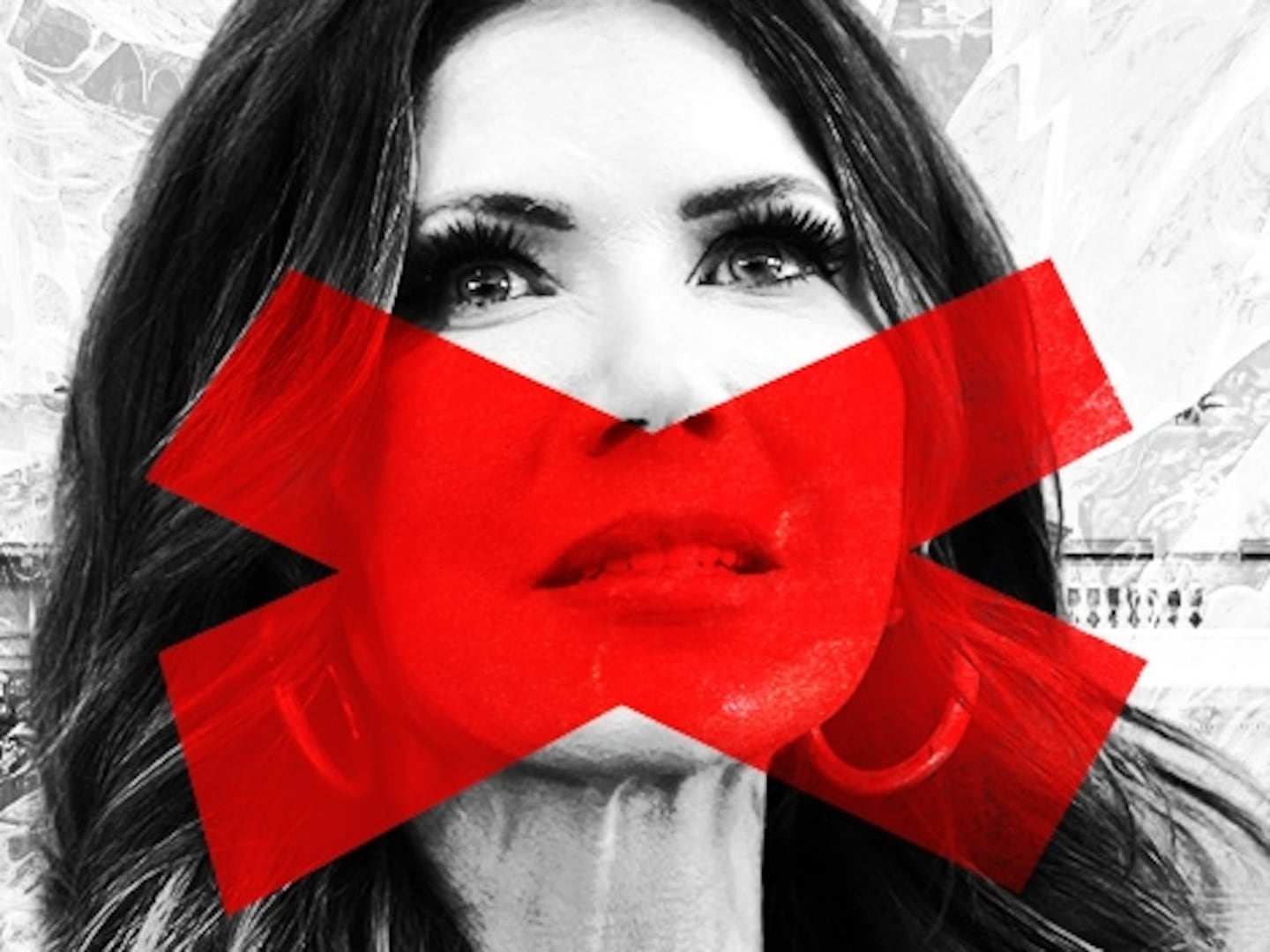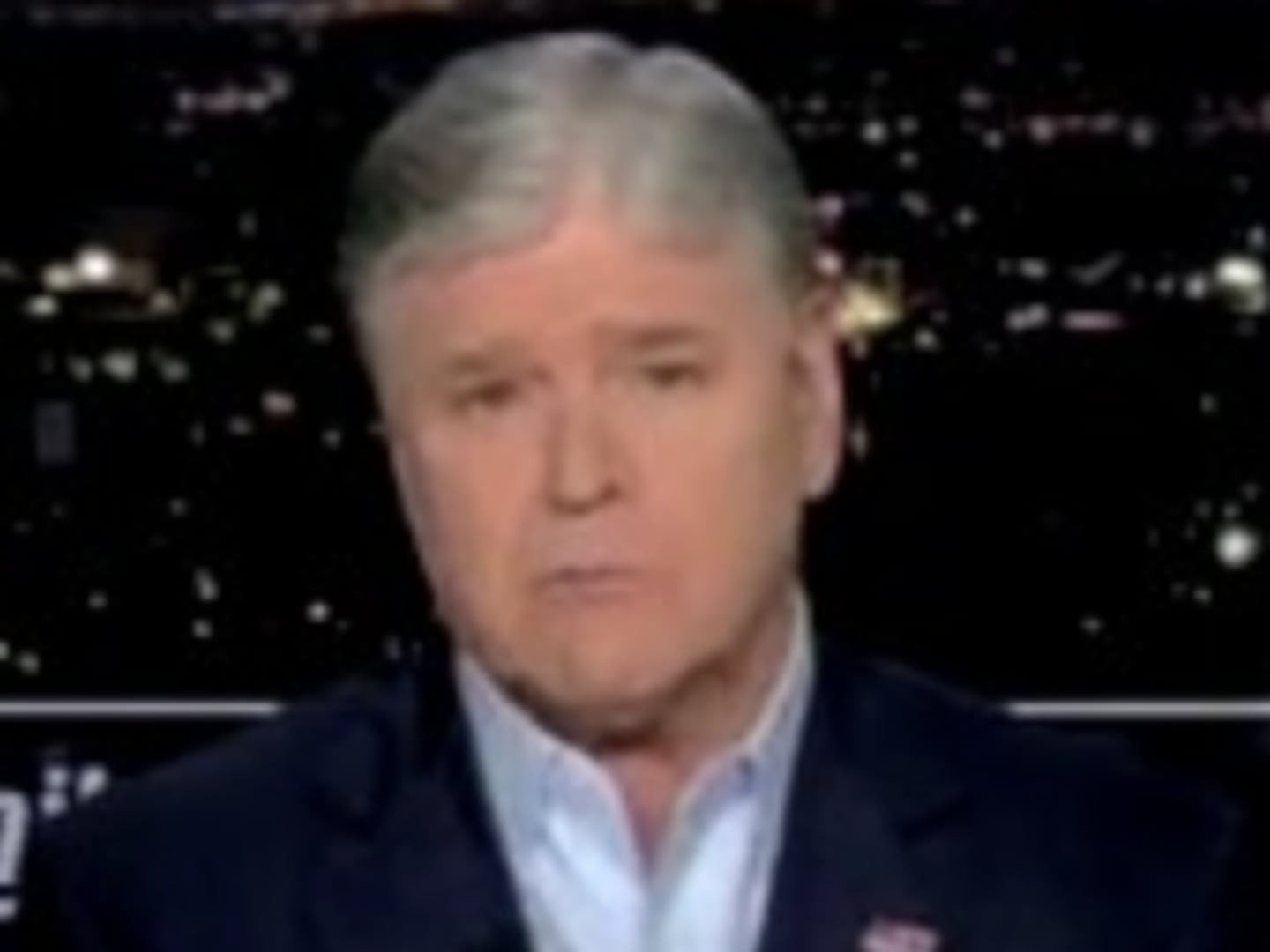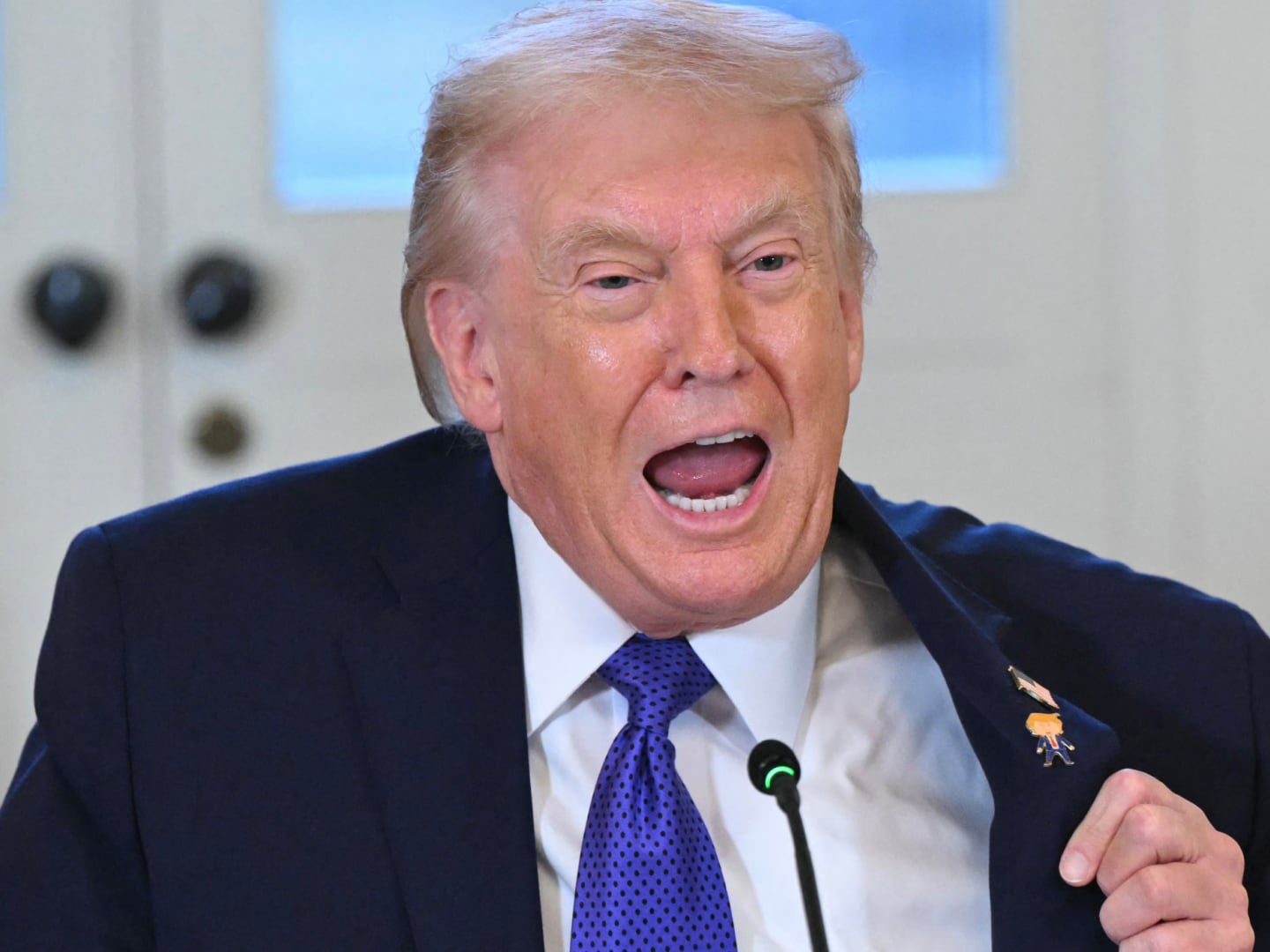On April 15, 2013, Sydney Corcoran was bleeding out on the Boston pavement. You may not know her name, but you’d probably recognize the picture: a young woman unconscious and surrounded by first responders. This indelible image, along with many others taken on that fateful day, has been seared into our collective consciousness. For many Americans, the Boston Marathon bombing was a photo that stayed with them—the Corcoran family suffering on the pavement, perhaps, or Dzhokhar Tsarnaev staring down from the cover of Rolling Stone. But for Sydney, it was the day her life ended, and began again.
Over three years later, Sydney recalls those crucial moments like they were yesterday. “I’ll never forget what dying felt like,” she tells me. “It was actually very peaceful and calm. That was actually the calmest moment of my entire life. But once I woke up, there was this overwhelming feeling like ‘wait a minute—I’m still here?’ And I think just getting through that and coming to terms with it is a really big thing. Because you’ve already in a way accepted death and then here you are thrown back into the world and it’s like, ‘OK, how do I start again?’”
That question is the unstated, driving force behind Marathon: The Patriots Day Bombing, a new documentary debuting Monday night on HBO. Helmed by directors Ricki Stern and Annie Sundberg, the feature documentary carefully sidesteps sensationalism, choosing instead to follow a group of Bostonians whose lives were directly impacted by the attack. Marathon is not a thriller—it doesn’t relish in gory details or heightened suspense. Instead, it banks on the quiet power of a handful of interwoven lives, and dutifully chronicles the aftershocks of tragedy—the good days and bad days that color an extended recovery; the minor setbacks and the major milestones.
On the day of the documentary’s New York City premiere, I sat down with two different sets of survivors who were featured in the film: JP Norden and his mother, Liz, and Sydney Corcoran and her mother, Celeste. JP and his brother Paul both lost a right leg in the second explosion. Their mother Liz found herself with two sons in two separate hospitals, racing between their bedsides in the crucial days following the attack. The Corcorans’ injuries were famously chronicled in a series of on-scene photographs by Boston Globe photographer John Tlumacki, who has fostered a close relationship with the family in the years since. Celeste lost both of her legs that day, while Sydney sustained critical injuries.

After watching Marathon, it’s both surprising and comforting to see Sydney and Celeste today, in person, acting like any other mother-daughter duo. Sydney is painstakingly reminding her mother how to turn her iPhone sound off, a universal gesture of intergenerational love. This normalcy is real, and true—but so are the invisible disabilities and lasting effects of what Sydney and Celeste experienced together.
Because of the honesty and openness of its subjects, Marathon deftly explores wounds both physical and psychological. That’s why Celeste was particularly upset when she heard that some people within the survivor community were concerned that the documentary was too focused on amputees, and didn’t shine enough light on invisible disabilities. Celeste says “that really bothered me,” explaining, “You can’t help but glaringly see a prosthetic, but you have my daughter who came closer to dying than I did that day, and she had a hole blown through her foot. She almost bled to death, if a total stranger didn’t stick his hands into her leg and pinch off her femoral artery.”
Then there’s her husband, Kevin, who’s had to live with the memories of trying to help his wife in the immediate aftermath of the attack, and her son who struggles with the guilt of not having been by his family’s side. “We all have post-traumatic stress,” Celeste concludes. “And post-traumatic stress is such an insidious, horrible thing. Unless you have it, you don’t understand it… There’s no winner for the worst injury or anything. For us that are still here, we have to acknowledge that we all got hurt equally and support each other equally. That it’s not just a story about the amputees; it’s a story about the whole survivor community.”
There are unseen scars that take years of deliberate undoing. As honest with me as she was onscreen, Celeste confesses, “I never thought of myself as a prejudiced person, I didn’t think I had a prejudiced bone in my body, and now because of what a few radical, hateful people did, I have a physical reaction when I see someone in the Muslim garb.”
Out of all of the unexpected consequences of an attack she never could have seen coming, this one seems to cut particularly deep. She continues, “I feel like they’ve robbed me of something, and I try so hard not to have that reaction, because I know that that’s not their religion. It’s these radical crazy people hiding behind it to try and just spread hate and fear and get their agenda across.”
Celeste is openly grappling with something that she perceives to be a national problem. “People are going crazy about illegal immigrants, and it’s like this country was built on immigrants… We cannot as a society ostracize a whole race or religion or whatever because that’s the terrorists winning, and they cannot win. I just think that everybody needs to take a breath and let everything settle down.” Considering the current political climate, she opines, “I really don’t think it’s as bad as everybody thinks” before trailing off for a second, concerned. “Well, I hope. I’m an idealist.”
Celeste and Sydney are proud of this documentary for a number of reasons. They’re impressed by how the directors managed to shine a light on disabilities that are often forgotten, and highlight the community of survivors that Liz Norden affectionately refers to as the “Boylston Street family.” This sense of newfound family is emphasized throughout the film, and for good reason. JP recalls that at first, he was mostly close with the fellow amputees, who quickly became his rehab community. “We were labeled in that group, and we always would talk,” he remembers. “We just try to help in any way we can, support each other.” And of course, “We have a bunch of leg jokes.” Some of Marathon’s most poignant moments focus on these unexpected friendships. The subjects of the film come together on momentous occasions, like JP’s wedding, to celebrate each other’s triumphs. Liz speaks passionately about the strong web of affection connecting fellow survivors as well as their loved ones. “You know in your wildest dreams they probably never would have crossed paths, but they’re just like family. I sat with a lot of the parents and families at the trial, and it was weird because when you walked into that room you really didn’t know anybody, but you knew everybody. And everybody felt the same way you did.”
In Marathon, we see how the trial became a crucial part of Liz’s recovery. Struggling to come to terms with the bombing, Liz estimates that she has watched the video of the explosion “3,000 times.” She tells me that while she’ll never truly understand the Tsarnaev brothers’ motives, following the investigation helped her come to terms with the incomprehensible. While the Corcorans “weren’t going to court like Liz was,” Sydney explains, “We knew that we wanted to be involved, myself especially. I really knew that I wanted to be a part of it because I truly felt like this individual—and his brother, I feel like his brother got the easy way out because he just passed away—but I definitely felt like this individual took away his own right to live when he did that. I feel like he’s breathing other people’s air, people who are so much more worthy, and I felt like he didn’t deserve to. And I think of course there are instances where the death penalty isn’t appropriate, but in my opinion in this instance it was definitely appropriate.” Celeste agrees, adding, “I couldn’t live in the courtroom. For some people that was part of their healing process and they needed to be there. But for me and I think for my family, we needed to have a sense of normalcy, and we needed to forget about him as much as we could, because he had done his damage and for us he didn’t exist anymore. Or we were trying to make him not exist anymore.”

Sydney says she knew it was only a matter of time before she became “a big part of this case.” That moment came when she spoke in court, testifying on the first day of Dzhokhar Tsarnaev’s trial. She describes the prosecutor asking her if she wanted to sit where they originally intended to put her—just a few feet away from Tsarnaev—or if she would prefer to sit next to the judge. At first, she remembers, “I said I didn’t want to be anywhere near him. But then as the trial got started, I was like, ‘No, put me in that original spot. I want to be close to him. I want to look at him, I want him to look at me, and I want him to hear me.’ Because he did not break me. And I wanted to make sure that I was facing the jury and I was facing him and I was telling my story.”
In the midst of the trial, the survivors’ personal opinions were raised to a level of national significance. Celeste struggled with the implications of sharing her opinions on the trial with reporters and the general public. She was worried about being perceived as disrespectful to other survivors, who had come out against the death penalty. Still, she was resolute. “I would hate to think of somebody being put to death who is innocent, but in this particular case we knew, I knew with every fiber of my being that he did what he did,” she says. “And not only that—if I felt that he felt any type of remorse, that could have maybe changed my mind. But I feel like him, as well as these radically minded people, they believe that they’re doing us a favor in killing us because we don’t believe what they believe. So there’s no rehabilitating or changing these people. And they would kill again.”
Celeste recalls receiving hate mail after her husband answered a reporter’s queries about the trial, and describes that as “a scary time.” Unfortunately, it wasn’t the first time the Corcorans were re-victimized in the wake of the attack. Sydney is open about the unfortunate reality of being thrust into the spotlight, where media attention can easily cross the line into exploitation. She recalls an incident when she was still in rehab when a news anchor came to interview her, holding an unmarked folder in her hand. Sydney remembers, “She didn’t tell me what was in the folder, I just knew that she was going to ask me questions. She should have informed me beforehand. She ended up opening the folder and spreading out these pictures of me from that day. So these are very graphic, bloody, awful pictures. And she just laid them in front of me and asked me, ‘So how do you feel looking at these right now?’ And I was stunned, she got the effect that she wanted.” Celeste adds that, “There are people who we will not work with anymore and hopefully we’ve gotten a little bit more savvy in knowing who we can trust and who we can’t,” with Sydney concluding, “We feel like Annie and Ricki are so not those people. It’s night and day.”

Marathon is the story of a tragedy. But it’s also a reflection on how we tell these stories, and a reminder that people keep on living even after the camera stops rolling. JP insists that he gets the “whole business end” of the Boston Marathon bombing coverage. “I understand when it’s important and when it’s not. When it’s April, they want to talk about this stuff, they’ll come around, it’s all good. I understand that for them or whoever, it’s not on their mind every single day. But for us, we wake up, we have to put our leg on… it’s a constant reminder.” Overall, the subjects of Marathon don’t seem to regard themselves as public figures. JP continues, “It’s really not different, it’s just a little bit different. I get up and put my leg on but I also get up and put my shoes on. It’s just one more thing I have to do. I mean I’m working and doing all the stuff that I did… certain things are different but day-to-day life, it’s sort of business as usual.”
Of course, all of the media attention does serve a greater purpose. JP, Liz, Sydney, and Celeste are all fixated on the concept of giving back. Time and time again, they move the conversation toward different crucial causes: raising awareness around service dogs and the amputee-aiding A Leg Forever Foundation, or acting as a beacon of hope for survivors around the world. For Celeste, this need to serve a greater purpose motivated her decision to participate in the documentary. She explains that early on, “If we did interviews or something or posted stuff on our web page about positive things and our strides going forward, so many people would comment that it helped, that it was encouraging for them to watch that or maybe it helped them with something.” The Corcorans believe that their story could help inspire others through struggle or hardship, and give hope in the midst of recovery—be it physical or psychological. They also recognize the bombing’s place in history, and its importance as an example of homegrown radicalism.
Celeste concludes, “I’m proud of what they put together because the story in and of itself is graphic and horrific enough without adding anything, and I think because of the collaboration with The Boston Globe they had so much actual footage, and that was so impactful because people got to see exactly what happened. It’s one thing to talk about it, but when you actually see what went down and how horrific it was, hopefully it resonates with people that this is a different world that we live in.”






